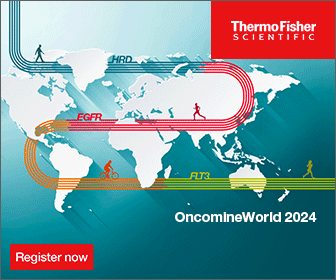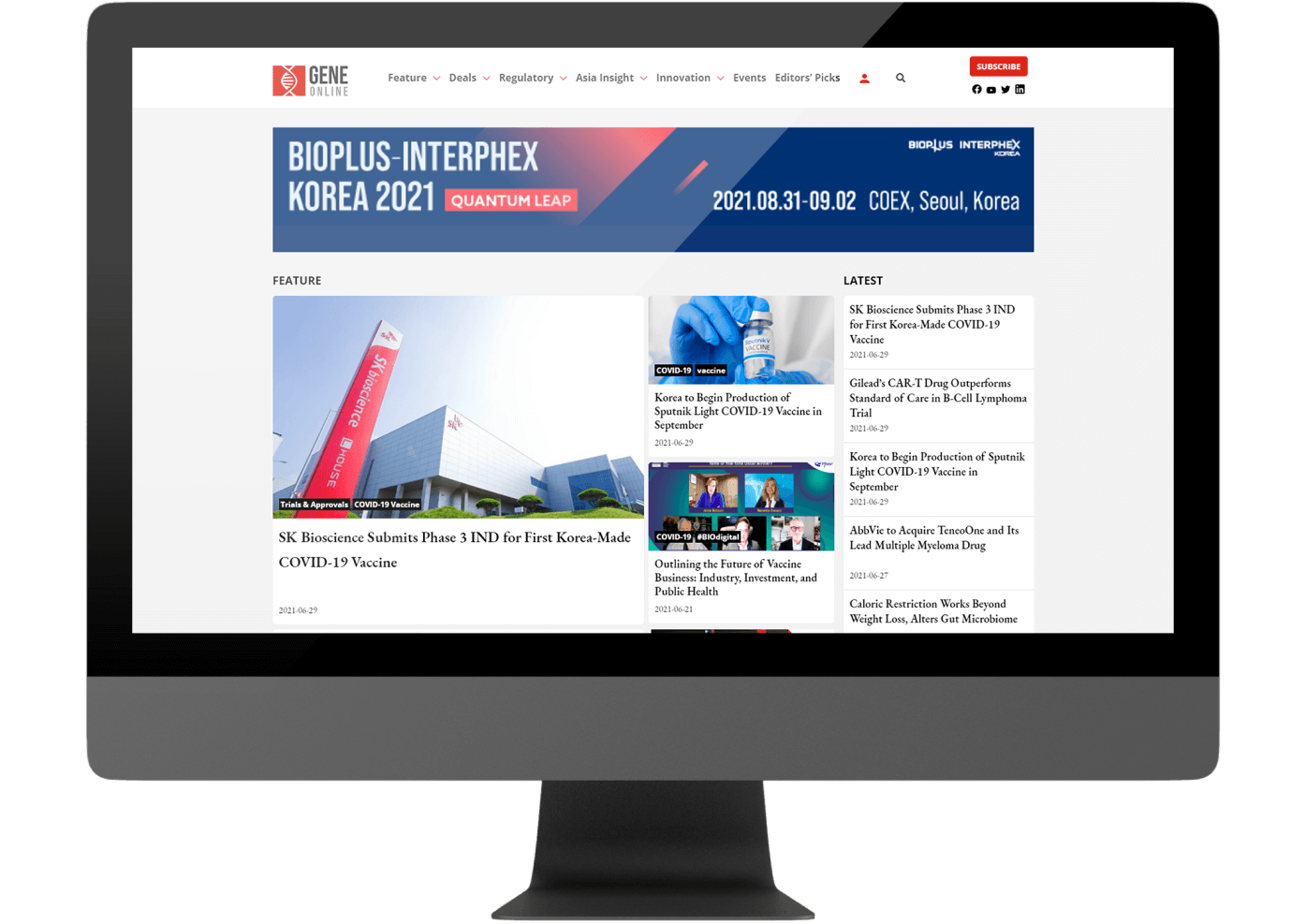Gilteritinib becomes first FLT3 targeted therapy for relapsed AML
By Ajay V. Patil
US FDA approved FLT3 mutation targeted inhibitor Gilteritinib for the treatment of FLT3 mutation positive relapsed or refractory acute myeloid leukemia (AML). Astellas pharma announced that – Gilteritinib is the first and only FLT3-targeting therapy to be approved by the FDA for this population.
XOSPATA®Gilteritinib
Gilteritinib is an orally bioavailable of FLT3/AXL inhibitor with antineoplastic activity. Gilteritinib has showed inhibitory activity against both internal tandem duplication (ITD) and tyrosine kinase domain (TKD). FLT3 mutations are seen in about one-third of AML patients.
Investigational study
During phase I/II study, it was found that the dose of 300 mg per day gilteritinib was generally well tolerated by patients. Gilteritinib got the fast track designation from the US FDA in October 2017 for its use in FLT3-mutation positive relapsed/refractory AML adult patients.
ADMIRAL – Phase III study
ADMIRAL (NCT02421939, phase III clinical trial), an open-label, multicenter, randomized study compared performance of 120 mg of oral gilteritinib once daily dose with 1 of 4 salvage chemotherapy options in 138 adult patients with relapsed or refractory AML having a FLT3 ITD, D835, or I836 mutation (confirmed by the LeukoStrat CDx FLT3 Mutation Assay).
Two primary endpoints – overall survival and complete remission with partial hematological recovery were studied. After a median follow-up of 4.6 months (range: 2.8 to 15.8), 29 patients achieved complete remission (CR) or CR with partial hematologic recovery (CRh) (21%, 95% CI: 14.5, 28.8).
Among the 106 patients dependent on red blood cell (RBC) and/or platelet transfusions at baseline, 33 (31.1%) became independent of RBC and platelet transfusions during any 56-day post-baseline period. Thirty two patients independent of both RBC and platelet transfusions at baseline, 17 (53.1%) remained transfusion-independent during any 56-day post-baseline period.
Adverse events
The most common therapy related adverse reactions observed in patients were fatigue, fever, transaminase increase, myalgia/arthralgia, diarrhea, dyspnea, edema, noninfectious rash, pneumonia, hypotension, dizziness, nausea, stomatitis, cough, headache, and vomiting.
References
- https://clinicaltrials.gov/ct2/show/NCT02421939
- https://www.astellas.com/en/news/14406
- https://bit.ly/2QtCHRy
- https://pubchem.ncbi.nlm.nih.gov/compound/Gilteritinib#section=Top
©www.geneonline.com All rights reserved. Collaborate with us: service@geneonlineasia.com









